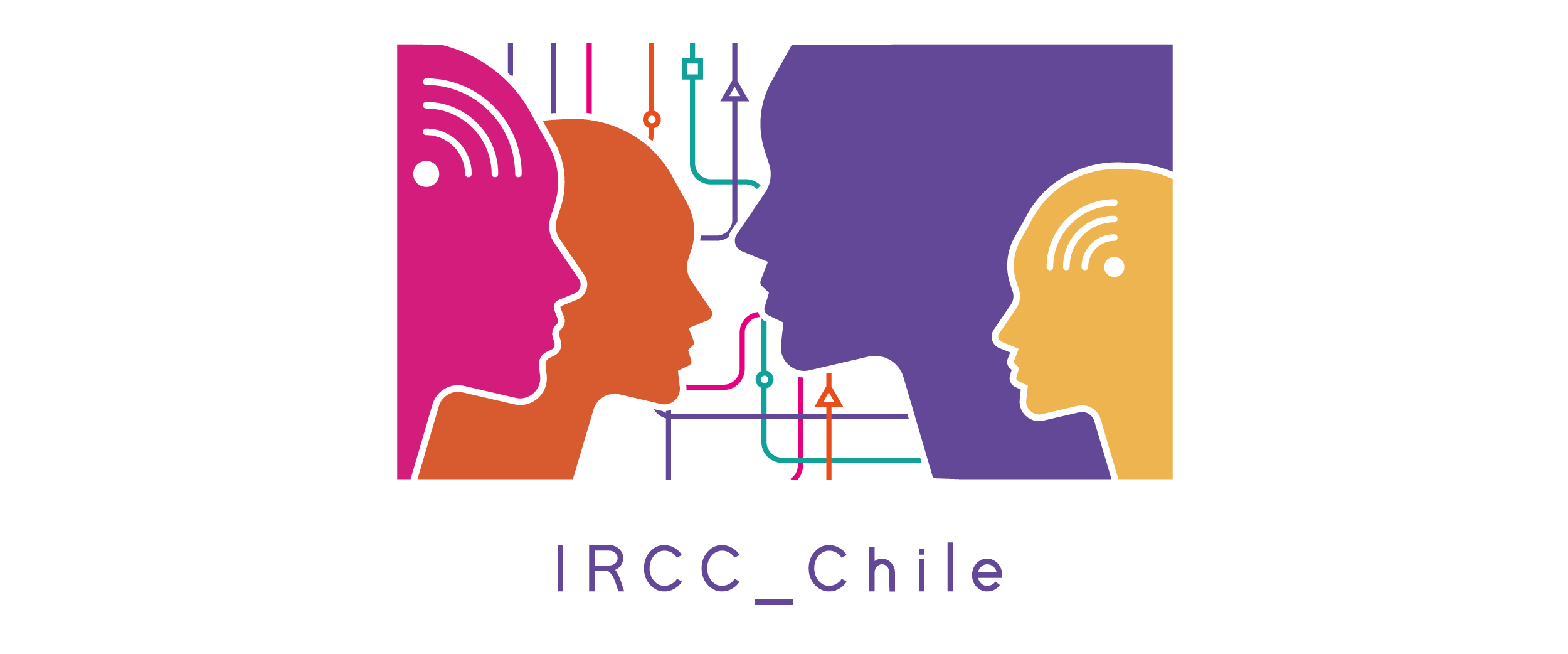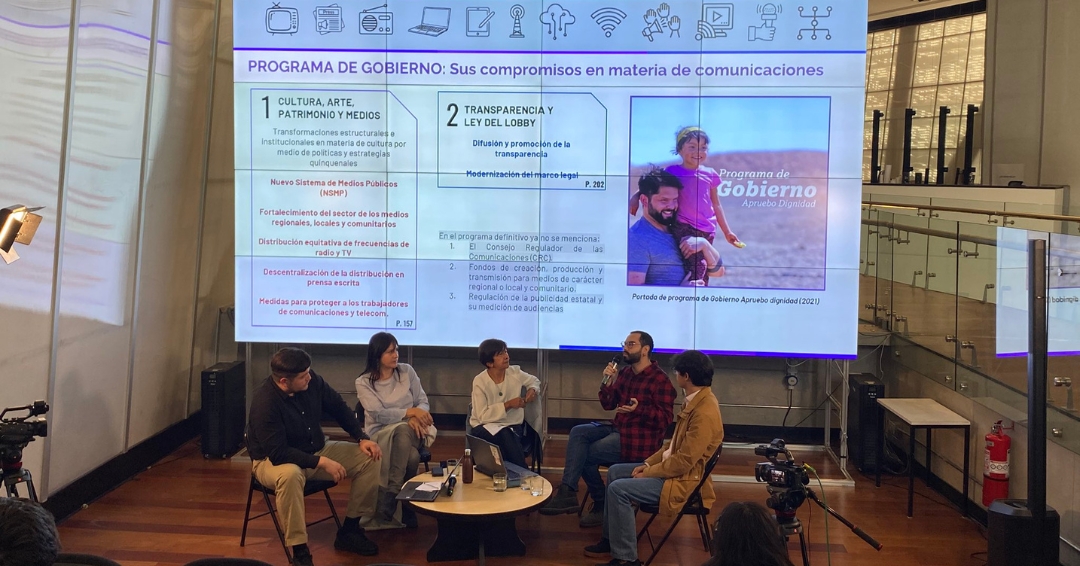The World Radiocommunication Conferences (WRC-23) will be held in Dubai from November 20th to December 15th. The WRC are held every three to four years and are organized by the International Telecommunication Union (ITU), a United Nations specialized agency for information and communication technologies (ICTs) in charge of regulating telecommunications at an international level.
Estas cumbres son muy estratégicas porque allí se deciden los usos globales del espectro radioeléctrico, un recurso finito, natural e intangible con una demanda creciente, por lo que los avances tecnológicos y la existencia de otras opciones de transmisión como la fibra óptica solo han resuelto parcialmente el problema de la escasez. Hay servicios que requieren un uso intensivo del espectro radioeléctrico y, cuando la demanda de uso es superior al número de derechos disponibles, se produce una situación de escasez.
Esto es precisamente lo que ocurre con los servicios audiovisuales y las telecomunicaciones ya que, estrictamente hablando, la escasez hoy sólo se encuentra en los rangos de frecuencia que utilizan estos servicios. En otras palabras, las empresas de televisión digital abierta y las empresas de telefonía móvil e Internet requieren de frecuencias en la banda de UHF para desarrollarse, pero como se trata de un recurso escaso, hay un punto en que sus intereses colisionan y ahí es donde el poder público interviene.
This is one of the battles that will take place at the WRC-23, where potential changes will be discussed that include making access to the spectrum band intended for free-to-air television more flexible.
In Europe, for example, there has been an ongoing debate in the past year a nivel de los canales de televisión abierta, organizaciones de consumidores, organizaciones de productores audiovisuales, organizaciones de periodistas y televisiones públicas para alertar sobre risk of cutting part of the spectrum intended for these services and giving more space to telecommunications companies because it is considered that this would seriously affect the development of the internal audiovisual market and citizens’ freedom of choice.
This scenario poses questions at several levels: Could a modification of the current distribution of the UHF frequency band put the future of free-to-air television at risk? Would this entail shifting from the predominance of one free-access media consumption and distribution model to another based on payment services? How would this increase in the already notorious power of payment services be expressed in the configuration of the public opinion?
Last but not least: What do we know about the position that the Chilean State will bring to this conference? ¿Es una que atiende a la especificidad regional o es aislada? ¿Hay algún documento sometido a consulta pública al respecto, ya sea desde la Subsecretaría de Telecomunicaciones (Subtel) o bien Relaciones Exteriores? Sería interesante conocer un poco más al respecto ya que la cumbre comienza en pocos días.
Santiago, noviembre de 2023
Listen to this editorial below (in spanish):


